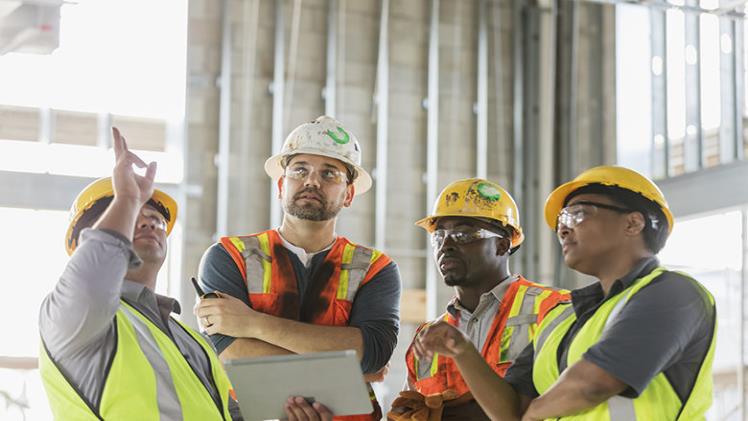According to a report made by Safework Australia, 183 workers were fatally injured in 2019. 72% of these cases were related to vehicular movement.
Workplace safety refers to the prevention of hazards and accidents in the workplace. It is a collection of policies and practices designed to reduce hazards, accidents, and other types of harm in the workplace.
Workplace safety frequently has a direct impact on the productivity and well-being of your workforce. As a result, employers may want to work to create a safe environment for employees.
Read on to find out more about workplace safety trends.
1. Audiometry tests
As an employer, you might want to provide health surveillance (hearing tests) for all employees who are likely to be regularly exposed to levels of noise above the threshold.
Audiometric testing is performed to prevent long-term hearing damage because they detect any early damage to hearing caused by noise exposure. If your employees already have hearing loss, regular testing may be performed to prevent further damage to their hearing, as untreated hearing loss can have irreversible consequences.
Occupational health service providers like Assist Group offer audiometric testing to employees.
2. Personal protective equipment
A PPE is a set of special clothing or equipment worn by workers in potentially dangerous environments. It is required to protect the worker from the workplace hazard and provide a degree of safety. The use of personal protective equipment (PPE) is an important element to the protection of workers in hazardous environments.
PPEs should be selected on the basis of an assessment of hazards and risks, with due consideration given to how well they fit and can be easily worn, taken off, put on, and adjusted.
They come with different types of protection levels and applications, such as eye protection, head protection, hand protection, and foot protection.
3. Automated machines
Machines have been helping humans in the workplace for many years. Automated machines can be found in factories, warehouses, and other places where heavy work is required. They do the work that humans need to avoid or cannot do.
Automated machines will be a huge help to employers because they will reduce the risk that employees face in the line of work. Without these automated machines, employees are at a higher risk of injury.
4. Apps to track workplace safety
The use of apps to assist with reporting and tracking workplace accidents or near-miss accidents is a significant trend in the manufacturing and construction industries, in particular.
Companies have been looking for a solution to help reduce the amount of time it takes to file an accident report over the last five years. Because the traditional process is time-consuming and manual, an app can help streamline it and encourage employees to report accidents.
Some examples of these apps are OSHA Heat Safety Tool Workplace Safety app and FallSafe Workplace Safety app.
Wrapping up
Improvements in workplace health and safety could be the result of technological advancement aside from policy reform. Even in dangerous workplaces, technological advancements may aid in improving workplace safety.
Examples are audiometry tests, the use of PPEs, and automated machines to name a few. Which ones could benefit your business the most?

